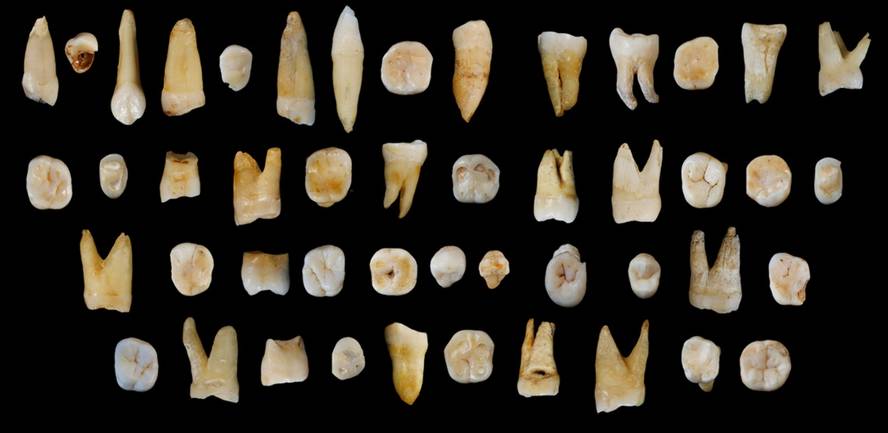In China, remains of a Homo sapiens of 80,000 years ago have been found
47 teeth have given the mark. They were discovered in a cave called Fuyan, southeast of China, in Daoxian. They are between 120,000 and 80,000 years old and have anatomically affirmed that they are of modern man, smaller than those of the superior Pleistocene, and very similar to those of today. Hence it follows that the Homo sapiens left Africa before what was previously thought and spread first to Asia.

Led by Chinese researchers, the study was conducted by an international team formed by the expert in teeth María Martinon Torres de Atapuerca and José María Bermudez de Castro. According to the results published in the journal Nature, the teeth are of the modern man, the Homo sapiens. This has put the general hypothesis on the expansion of our species upside down.
In fact, so far, the fossils of our species found outside Africa have appeared in the Middle East and Europe, with a maximum age of between 60 and 50,000 years. Therefore, the main hypothesis has been that our species was born in Africa and migrated to Europe about 50,000 years ago. In any case, they doubted some 90,000 years of remnants of the Middle East (from the deposits of Skhul and Qafesp), but these teeth are more primitive than those of modern man.
However, the teeth that have been discovered now in southeast China are like ours. These are thirteen individuals who have not found human fossils or tools, but fossilized bones of animal species. The teeth could not be dated directly, but, taking into account the rest of the elements, it is estimated that they are between 120,000 and 80,000 years old. For example, a stalagmite cultivated on them is 80,000 years old. Therefore, there is no doubt that the Homo sapiens had already reached the Far East, about 30,000 years before the eastern Mediterranean and Europe.
The article also mentions the Neanderthals and the Denisoveses, as well as their possible relationship with the first modern men. The researchers have suggested that their adaptation to the western and northern conditions of Europe could be better than that of newcomers, and that they be pushed south and east. Subsequently, with climate change, modern men spread across all territories, with the rest of the groups disappearing.
The research, despite having clarified some aspects of the history of our species, has generated many other questions. Thus, researchers hope to find more clues to help respond to these issues in the coming years.





